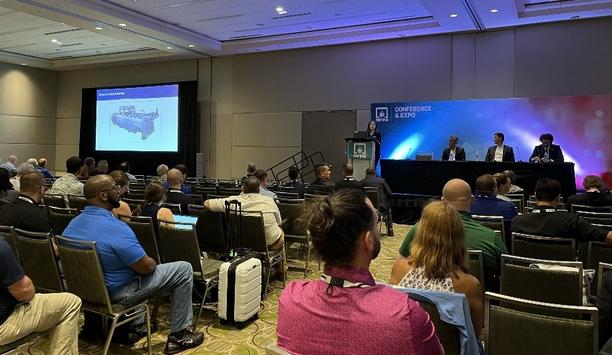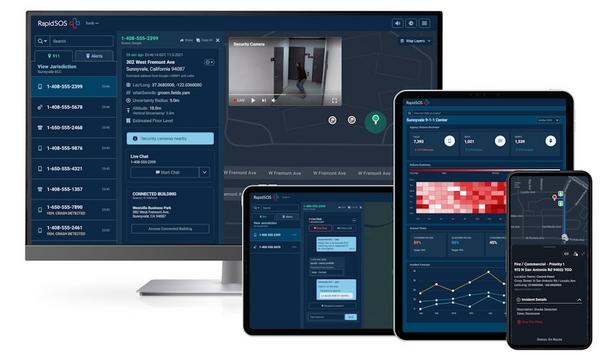Fire stations are unique environments with conditions that could be conducive to the spread of the novel coronavirus/COVID-19. Firefighters live in close quarters for 24-hour shifts, and then return home to their families. Reports about “hot” firehouses have helped to emphasize the need to follow best practices to avoid the spread of the disease.
The Fire Department Safety Officers Association (FDSOA) has compiled a list of guidelines that departments can put into practice to reduce and/or avoid cross-contamination of on-duty staff.
Shift Change Interaction
Firefighters live in close quarters for 24-hour shifts. Reports about “hot” firehouses have helped to emphasize the need to follow best practices to avoid the spread of the diseaseStaff should use a designated entry point, and comply with requirements of a Self-Screening checklist, which includes factors such as fever, uncontrolled cough, prolonged sore throat, a flu-like illness, or diarrhea. Firefighters should remove and store their own PPE and personal items from the apparatus at shift change. Personal belongings (bags, bedding, etc.) should be moved to a privately owned vehicle early to facilitate expedited bunkroom/office transfer. Interaction between oncoming and leaving shifts should be limited. Roll call should be conducted in a large space, such as an apparatus bay, that facilitates a minimum of 6-foot distancing.
Station Socializing
While in quarters, firefighters should not congregate in small spaces (such as the watch office or kitchen) and should adhere to 6-foot minimum spacing. Fewer chairs should be located in common meeting spaces to deter people from gathering in the same space. Training should be conducted in a manner that maintains 6-foot minimum spacing. Off-duty members should not be allowed into the stations to work out or visit. Station Captains should develop a practice if a member needs to arrive the evening before his/her shift that will limit contact with others.
Station Meals
Eating should occur in shifts to reduce staff interaction, and eating locations should be varied to alternate places in the station to create spacing. Shared food containers and communal items should be disinfected, and stations should consider supporting local small businesses in the district by ordering takeout.
Department Mail
Department mail routing should be modified to minimize the potential for staff interaction. Mail pickup/dropoff should be moved to a location, such as an apparatus bay, that minimizes traffic flow through station living areas. Documents should be scanned and emailed whenever possible. When mail must be handled, it’s best to wear gloves and wash hands immediately thereafter.
Department Facilities
Visits to fire department facilities should be limited to urgent department business. The number of guests should be limited, and they should make appointments when possible. Battalion Chiefs should communicate with Battalion members via phone or video conference. If a Battalion Chief needs to go to a station, he or she Self-monitoring stations should be set up near designated staff entrances and should provide a self-screening checklist and thermometer screeningshould maintain social distancing.
Bedding
A washable base layer should be used on beds (e.g., sheet, blanket, etc.) to create an additional barrier between the bed and personal bedding. Base layers should be washed after each shift.
Self-Monitoring
Self-monitoring stations should be set up near designated staff entrances and should provide a self-screening checklist and thermometer screening.







































